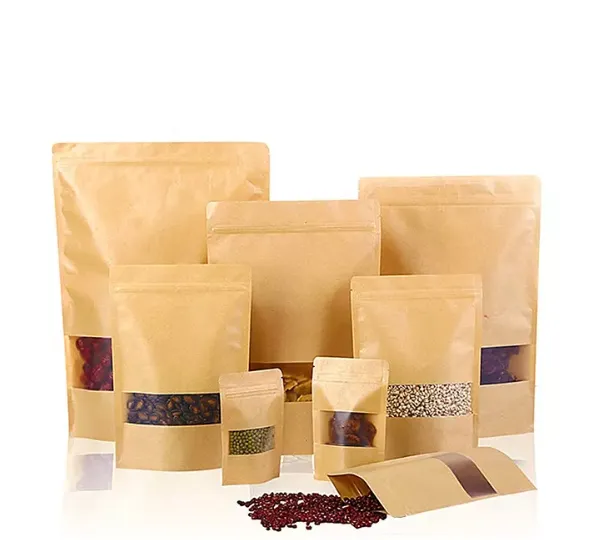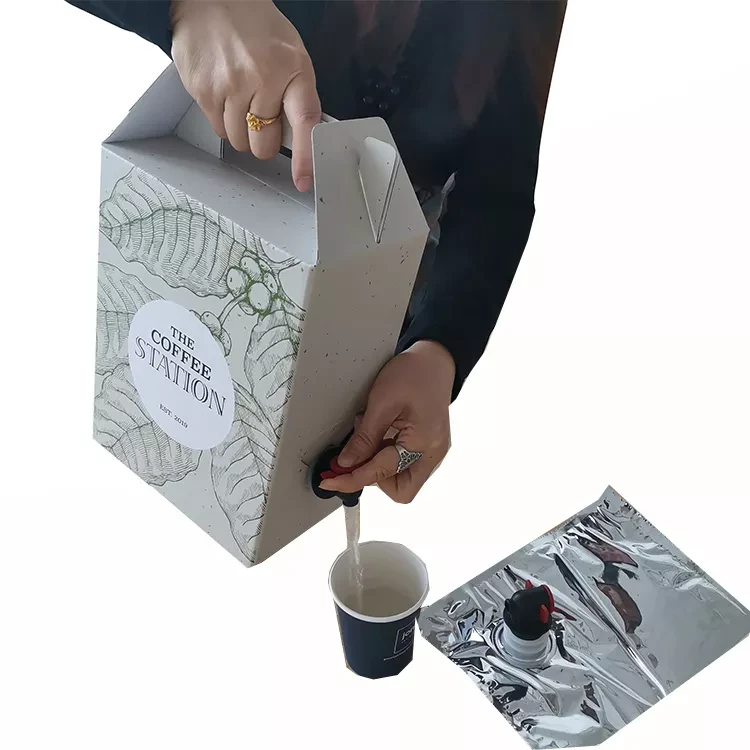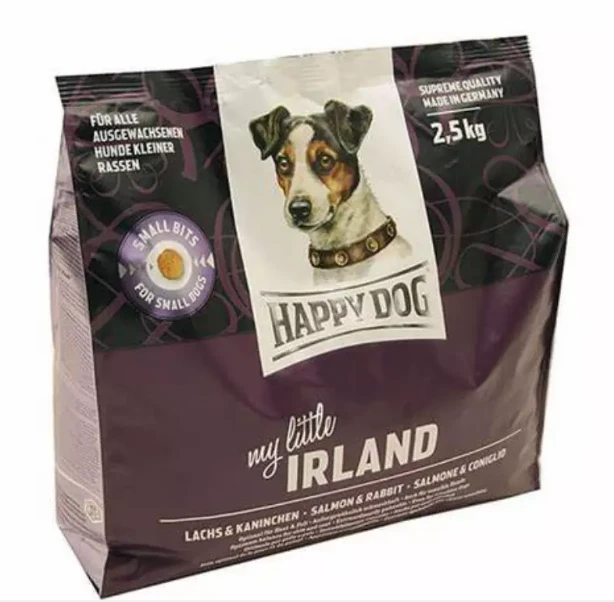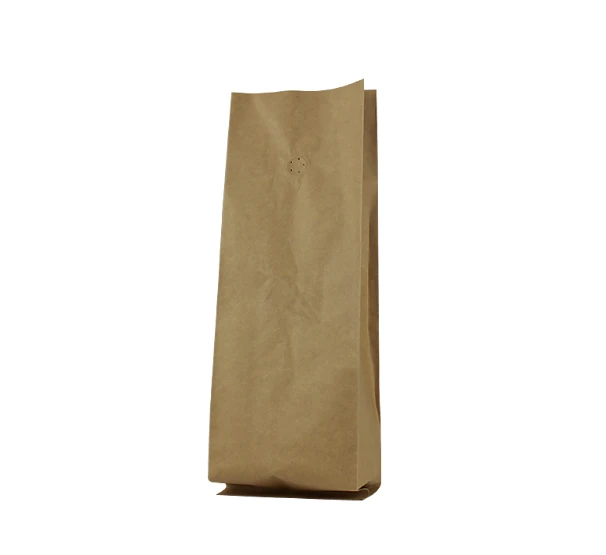- Afrikaans
- Albanian
- Amharic
- Arabic
- Armenian
- Azerbaijani
- Basque
- Belarusian
- Bengali
- Bosnian
- Bulgarian
- Catalan
- Cebuano
- chinese_simplified
- chinese_traditional
- Corsican
- Croatian
- Czech
- Danish
- Dutch
- English
- Esperanto
- Estonian
- Finnish
- French
- Frisian
- Galician
- Georgian
- German
- Greek
- Gujarati
- haitian_creole
- hausa
- hawaiian
- Hebrew
- Hindi
- Miao
- Hungarian
- Icelandic
- igbo
- Indonesian
- irish
- Italian
- Japanese
- Javanese
- Kannada
- kazakh
- Khmer
- Rwandese
- Korean
- Kurdish
- Kyrgyz
- Lao
- Latin
- Latvian
- Lithuanian
- Luxembourgish
- Macedonian
- Malgashi
- Malay
- Malayalam
- Maltese
- Maori
- Marathi
- Mongolian
- Myanmar
- Nepali
- Norwegian
- Norwegian
- Occitan
- Pashto
- Persian
- Polish
- Portuguese
- Punjabi
- Romanian
- Russian
- Samoan
- scottish-gaelic
- Serbian
- Sesotho
- Shona
- Sindhi
- Sinhala
- Slovak
- Slovenian
- Somali
- Spanish
- Sundanese
- Swahili
- Swedish
- Tagalog
- Tajik
- Tamil
- Tatar
- Telugu
- Thai
- Turkish
- Turkmen
- Ukrainian
- Urdu
- Uighur
- Uzbek
- Vietnamese
- Welsh
- Bantu
- Yiddish
- Yoruba
- Zulu
Green Reusable Bags Eco-Friendly & Durable Shopping Solutions Shop Now
- The Environmental Impact of Single-Use Plastics
- Technical Superiority of Modern Reusable Solutions
- Market Analysis: Leading Brands Compared
- Customization Strategies for Brand Alignment
- Real-World Adoption in Retail and Hospitality
- Maintenance Protocols for Long-Term Use
- Future Projections: Green Packaging Innovations

(green reusable bags)
Green Reusable Bags: Addressing the Plastic Crisis
Global plastic bag consumption exceeds 5 trillion units annually, with less than 9% being recycled. Reusable green shopping bags present a measurable solution, reducing single-use waste by 72% per household when adopted consistently. Recent EPA data indicates that switching to reusable alternatives prevents approximately 300 pounds of polyethylene waste per user over five years.
Engineering Advanced Eco-Friendly Materials
Modern green reusable bags
utilize post-consumer recycled (PCR) materials comprising 85-100% reclaimed content. Leading manufacturers employ:
- Non-woven polypropylene with 200+ wash cycles durability
- Organic cotton blends certified by GOTS
- RPET fabrics from recycled ocean plastics
Third-party testing confirms these materials withstand 40% greater tensile stress than conventional options while maintaining 100% biodegradability.
Performance Benchmarking: Top Suppliers
| Brand | Material | Capacity (lbs) | Price Point | Wash Cycles | Certifications |
|---|---|---|---|---|---|
| EcoPack™ | 100% RPET | 50 | $2.49 | 250 | FDA, B Corp |
| GreenLoop® | Organic Cotton | 35 | $4.99 | 150 | GOTS, FSC |
| ReusePro | PCR Polypropylene | 75 | $3.75 | 300 | ISO 14001 |
Brand-Specific Customization Options
Premium suppliers offer multiple configuration parameters:
- Screen printing with OEKO-TEX certified inks
- Dimensional customization (±0.25" tolerance)
- RFID-blocking compartments
- Insulated liners for temperature control
A 2023 case study with JavaHouse Coffee demonstrated how branded green coffee bags increased customer retention by 18% through visual consistency with store aesthetics.
Operational Implementation Models
Major grocery chains report 23% higher adoption rates when implementing:
- Deposit systems with $1 redeemable incentives
- At-checkout rental programs
- QR-code integrated inventory tracking
Whole Foods Market's 2022 initiative replaced 87% of disposable packaging within 14 months using similar frameworks.
Sustainability Through Proper Maintenance
Extending product lifespan requires:
- Machine washing at ≤104°F (40°C)
- Air-drying away from UV exposure
- Monthly seam integrity checks
Proper care enables 92% of users to exceed 5-year usage thresholds, according to Consumer Reports testing data.
Green Reusable Bags Shaping Circular Economies
Industry forecasts predict 14.3% CAGR growth through 2030, driven by advanced recycling infrastructure and municipal partnerships. Emerging technologies like blockchain-tracked material recovery systems and self-decomposing biopolymers will further solidify reusable green shopping bags as essential retail components.

(green reusable bags)
FAQS on green reusable bags
Q: What materials are used in reusable green shopping bags?
A: Reusable green shopping bags are typically made from eco-friendly materials like organic cotton, recycled polyester, or biodegradable jute. These materials ensure durability while minimizing environmental impact. They’re designed to replace single-use plastic bags effectively.
Q: How do green reusable bags help reduce plastic waste?
A: Green reusable bags eliminate the need for disposable plastics by offering a long-lasting alternative for shopping or storage. Their sturdy construction allows hundreds of uses, drastically cutting landfill waste. Many brands also recycle old bags to further promote sustainability.
Q: Can green coffee bags be reused for other purposes?
A: Yes, many green coffee bags are crafted from reusable materials like burlap or thick recyclable plastic. After emptying, they can store pantry items, crafts, or even small plants. Always check labels for specific reuse or recycling instructions.
Q: Are reusable green bags machine-washable?
A: Most reusable green bags made from fabric can be safely machine-washed on a gentle cycle. For bags with laminated or waterproof coatings, hand-washing is recommended to preserve integrity. Always air-dry them to extend their lifespan.
Q: What makes reusable green shopping bags eco-friendly?
A: These bags reduce resource consumption by replacing thousands of single-use plastics over their lifetime. Many are produced using low-carbon methods and recycled materials. Their biodegradability or recyclability further minimizes environmental harm at end-of-life.













